Revolutionize Pet Orthotics with WIMBA’s Advanced Technology
Introducing WIMBA Orthotics and Prosthetics
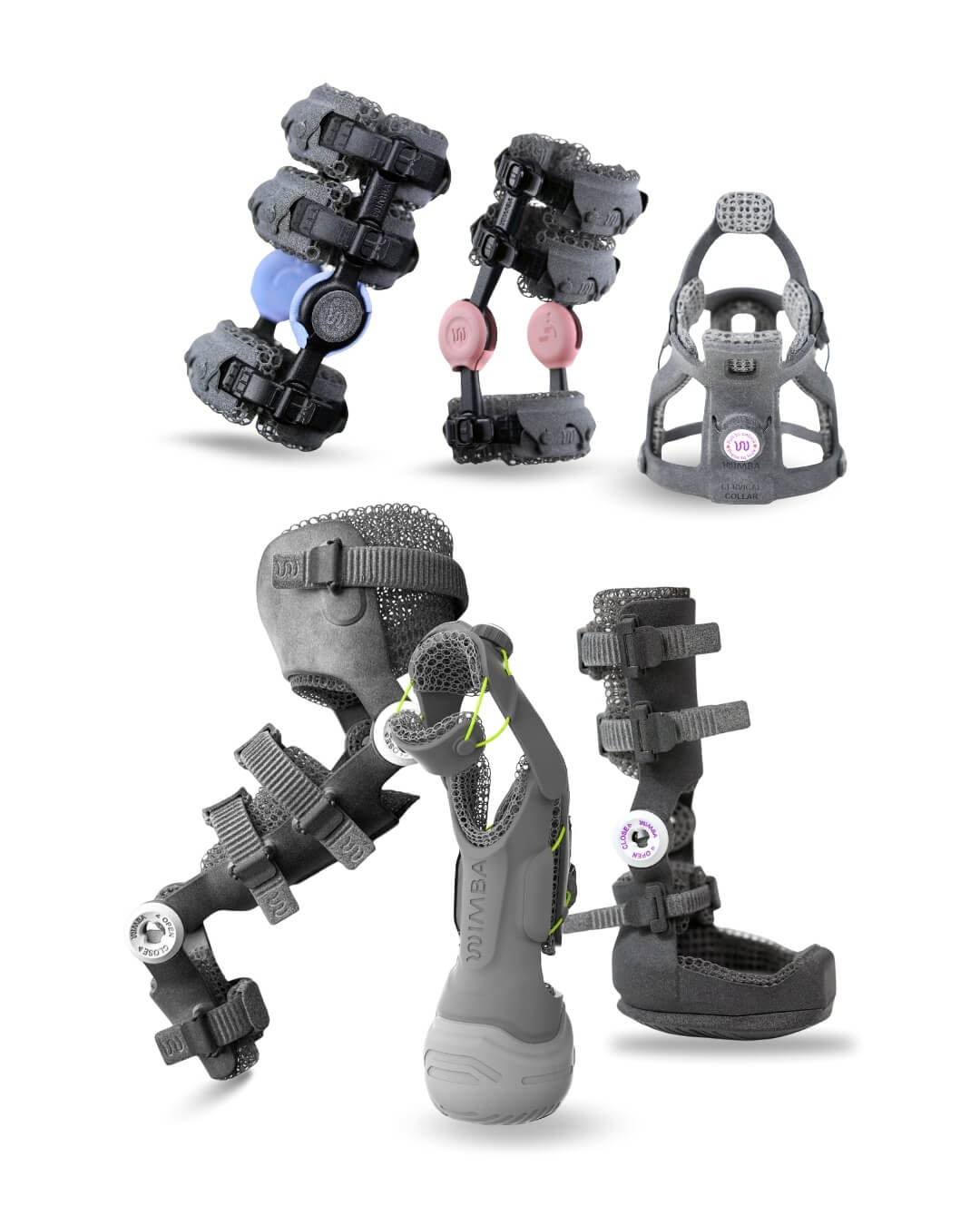
At WIMBA, we recognize that each veterinary case is unique, with varying levels of complexity. That’s why we offer two tailored solutions:
Discover WIMBA Go and WIMBA Pro
WIMBA Go for mild severity cases, where orthotics can be ordered using manual measurements and two photos of the limb.
WIMBA Pro, powered by WimbaSCAN, for moderate to severe cases requiring precise, high-definition 3D scans.

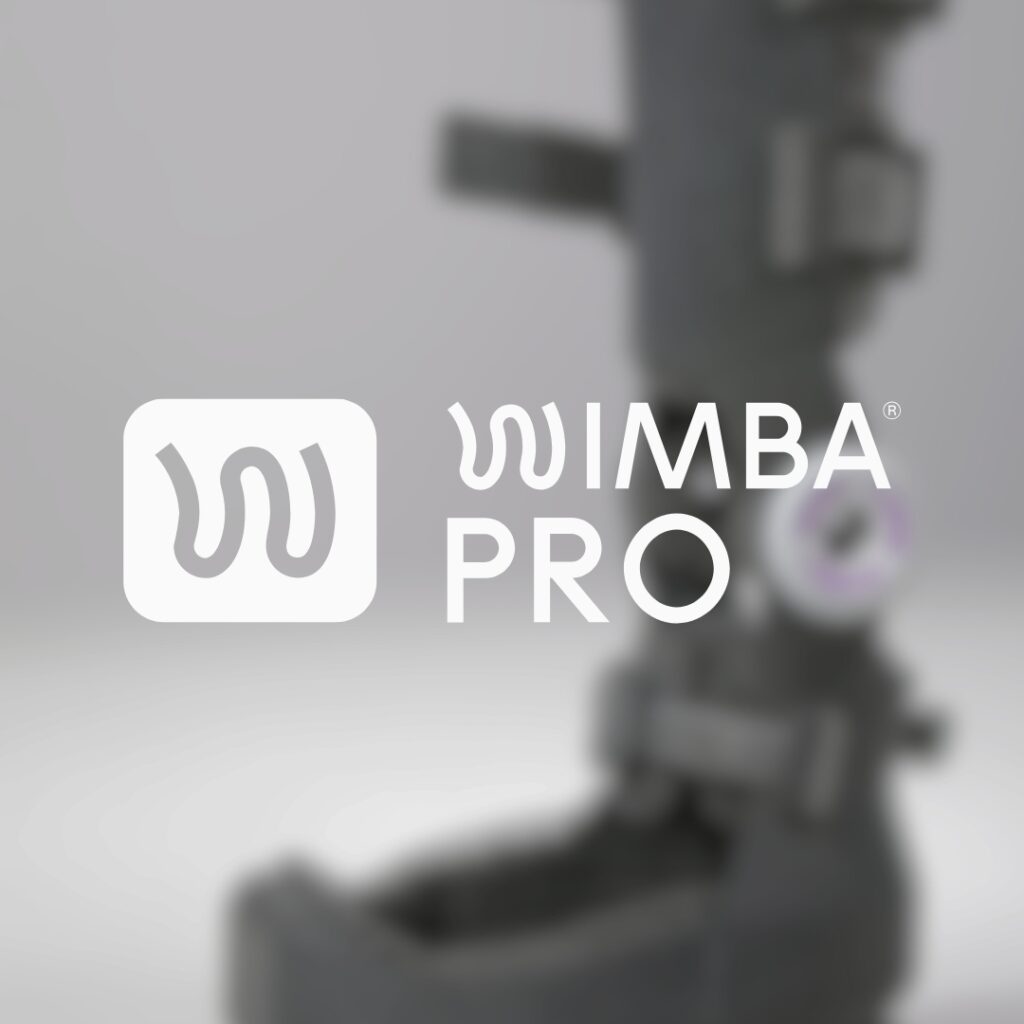
What is WIMBA Go?
WIMBA Go is a solution for mild severity cases requiring carpal and tarsal braces or cervical collars, allowing veterinary professionals to order without advanced scanning. No WimbaSCAN needed!
Considering WIMBA orthotics for your patient? Click the button below to consult your case with WIMBA:
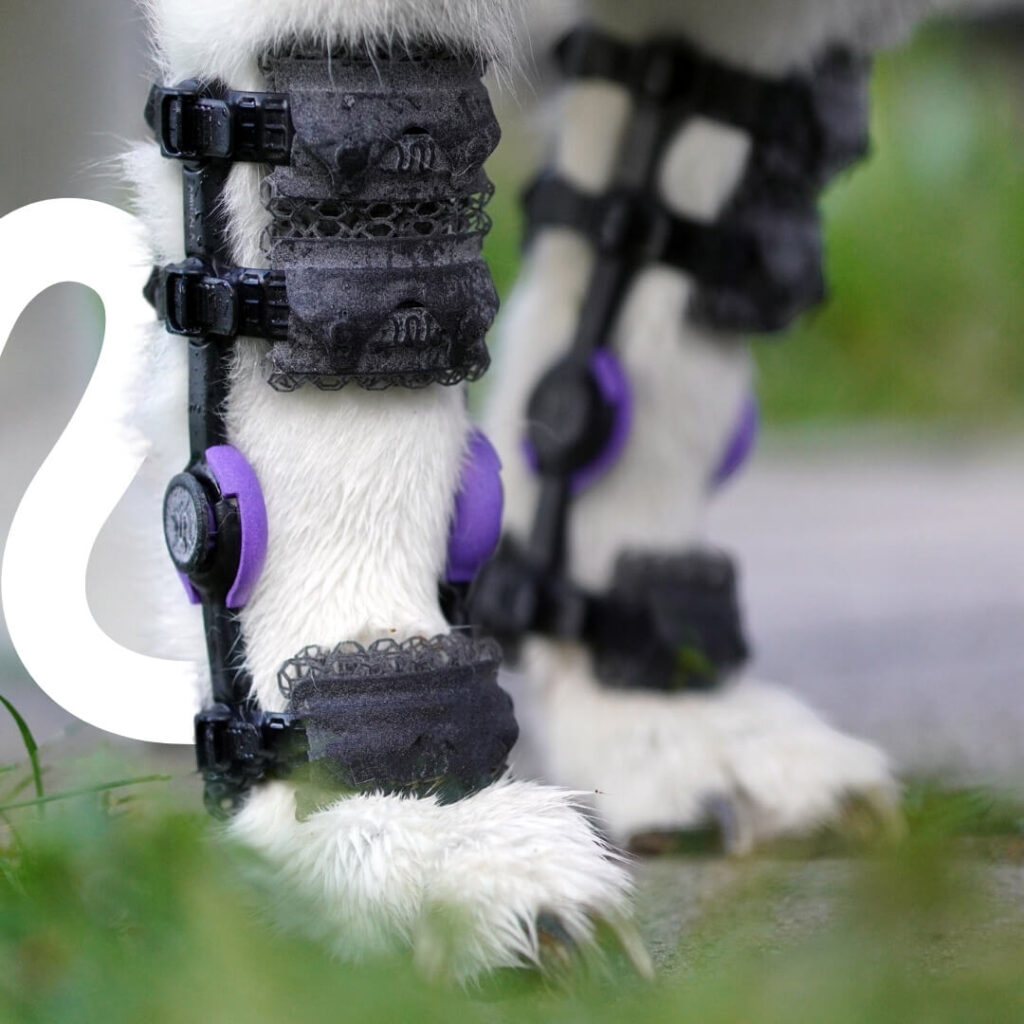
WIMBA Go Medical Indications
Click the button below to download the medical indications for which WIMBA Go can provide support.

How to Order WIMBA Go?
- Download the WimbaAPP (available on Google Play or the App Store).
- Choose the device you need: carpal brace, tarsal brace, or cervical collar.
- Upload two clear photos and add the required manual measurements.
- Place your order and experience a faster, easier process today!
WIMBA Carpal Orthotics Go
WIMBA Carpal Orthoses Go are specialized braces designed to address front leg issues in pets, providing essential stability and support for various conditions, including:
- Mild carpal hyperextension (compensatory, ligament, or tendon condition)
- Osteoarthritis in the carpal joint
- Rehabilitation Therapy (variety of uses)
- Prevention for numerous situations
- Support for obese dogs

WIMBA Tarsal Orthotics Go
WIMBA Tarsal Brace, also referred to as a tarsus or hock brace, is designed to provide stability and assist in treating tarsal-related issues, including:
- Mild tarsal hyperextension (compensatory, ligament, or tendon condition)
- Mild tarsal hyperflexion (Achilles tendon/CCT injuries with no complete tear present)
- Osteoarthritis in the tarsal joint
- Rehabilitation Therapy (variety of uses)
- Prevention for numerous situations
- Support for obese dogs
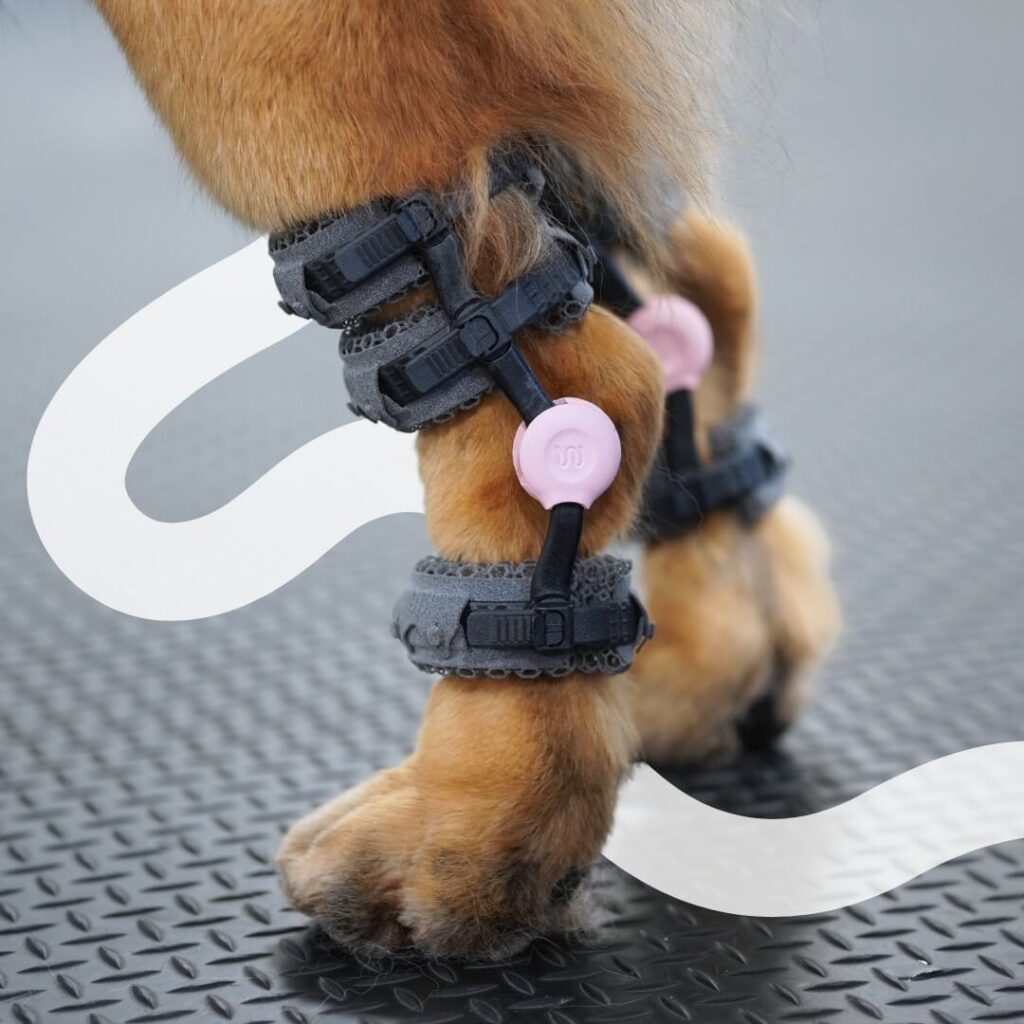
WIMBA Cervical Collar Go
WIMBA Cervical Collar Go offers support for dogs with cervical spine conditions the brace can be used in non-surgical and postoperative situations.

What is WIMBA Pro?
WIMBA Pro is the advanced solution for severe cases requiring precise 3D scanning with WimbaSCAN. It provides the highest accuracy for custom orthotics like stifle orthoses and dog prostheses, ensuring optimal support for pets with advanced rehabilitation needs.
Considering WIMBA orthotics for your patient? Click the button below to consult your case with WIMBA:

WIMBA Pro Medical Indications
Click the button below to download the medical indications for which WIMBA Pro can provide support.

How to Order WIMBA Pro?
- Become a WIMBA Provider Pro (if you’re not already) and get WIMBA Box with scanning tools.
- Download WimbaAPP, choose the device you need: stifle brace or prosthetic
- Use WimbaSCAN for superior precision and add needed manual measurements.
- Order easily through the app for top-quality orthotics.
WIMBA Orthotics Pro
Advanced custom orthotics for complex limb support that across multiple planes of motion — cranio-caudal and lateral-medial — ensuring comfort, stability, and long-term function.
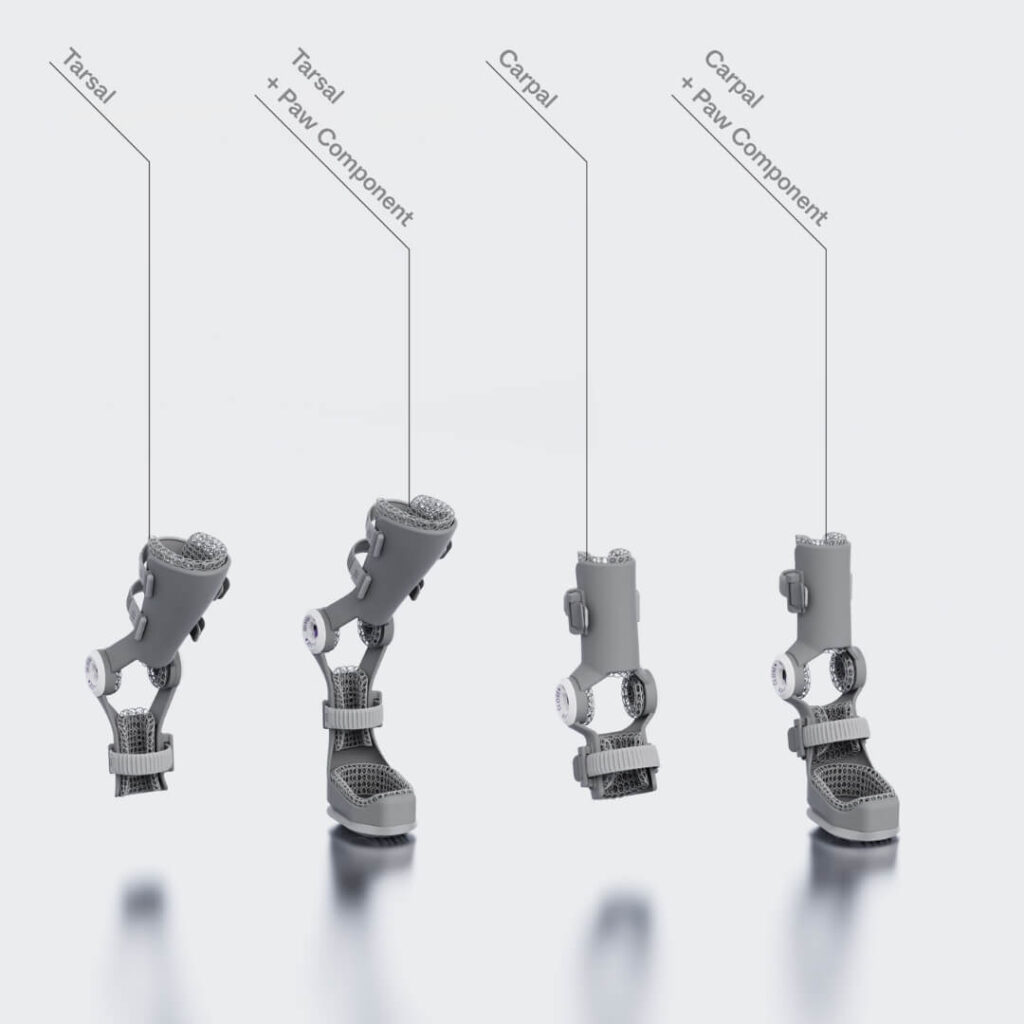
WIMBA Stifle Orthotics Pro
WIMBA Stifle (Knee) Brace is an orthopedic medical device to stabilize the stifle joint, support recovery, and reduce pain. It is beneficial for dogs with partial or complete Cranial Cruciate Ligament Ruptures (CrCLR), also known as ACL in humans. Depending on the situation, this orthosis provides an effective non-surgical alternative for managing CCL injuries, a preventive option to avoid further damage, or postoperative support to aid in recovery.

WIMBA Prosthetics Pro
Tailored prosthetic solutions for pets who have undergone low limb amputations, offering support and functionality to enhance mobility and quality of life.

These indications are suggested uses only. WIMBA defers to the prescribing clinician for all clinical decisions. In our understanding, orthoses are tools and not a therapy, so when used properly—especially when combined with a multimodal approach—they become an increasingly important part of daily clinical practice as essential medical tools.